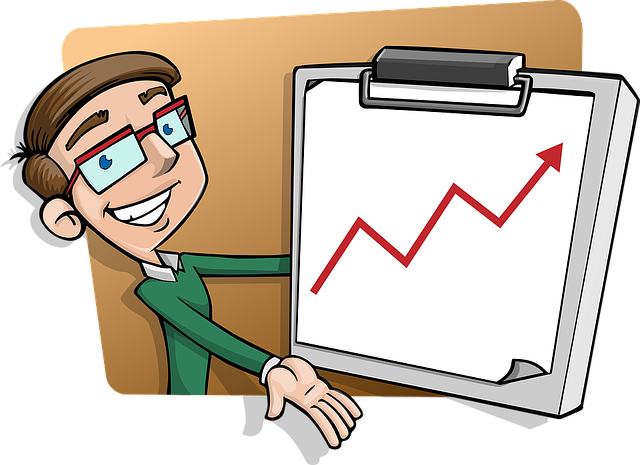Organic Marketing vs. Paid Marketing: Where to Invest?


No two digital marketing campaigns are alike. To connect with and engage their audience, improve site traffic, and boost conversions, brands frequently employ a range of strategies.
However, whether these are paid or organic marketing strategies is one of the key distinctions between them.
Even though these two marketing philosophies can definitely complement one another to produce amazing results, it’s crucial to recognize the differences between the two if you want to be sure you’re utilizing the best possible combination of tactics for your brand.
What Is Organic Marketing?
The term “organic marketing” describes the methods and approaches that a company or product uses to draw in customers on their own without the need for paid promotion. It entails producing high-quality content, interacting with users on social media, improving your website’s search engine optimization (SEO), and cultivating connections with influencers and consumers.
What Is Paid Marketing?
Paid marketing, sometimes referred to as pay-per-click (PPC) advertising or sponsored advertising, is the practice of businesses paying for online and offline channels to promote their goods, services, or brands. Platforms like Google Ads, display advertising, native advertising, influencer partnerships, sponsored content, and social media advertising (including Facebook, Instagram, and Twitter ads) can all fall under this category.
Key Differences: Organic Marketing vs. Paid Marketing
The strategies, expenses, and results of sponsored versus organic marketing differ significantly:
1.Method:
Organic Marketing: Relies on creating valuable content, optimizing for search engines, engaging with the audience on social media, and building relationships. It’s about earning attention naturally.
Paid marketing: This is the practice of purchasing adverts to target a particular demographic. The goal is to purchase attention.
2. Price: Organic marketing: Creating and distributing content, interacting with the audience, and expanding organic reach usually involve a larger time and effort commitment up front. Paid Marketing: Needs a set amount of money to run adverts and market content. Ad placement, targeting options, and competition are just a few examples of the variables that might affect the price.
3. Visibility:
Organic Marketing: Visibility grows gradually over time as content gains traction, search rankings improve, and audience engagement increases. It’s a long-term investment.
Paid Marketing: Provides immediate visibility as ads are displayed to the targeted audience as soon as the campaign is launched. However, visibility ends once the campaign budget is exhausted unless it’s continually funded.
4. Credibility:
Organic Marketing: Often perceived as more credible and trustworthy by consumers since it’s based on genuine interactions, valuable content, and earned attention.
Paid Marketing: May be viewed with skepticism by some consumers who recognize it as paid promotion. However, well-executed paid campaigns can still effectively drive conversions.
Summary
In today’s digital era, investing in both organic and paid marketing is crucial for businesses to effectively reach their target audience, maximize visibility, and drive results. Both organic and paid marketing have their strengths and weaknesses, and they can complement each other when integrated into a comprehensive marketing strategy.
We can help you to take a closer look at Organic Vs Paid Marketing and how you can use both in your next digital marketing strategy.